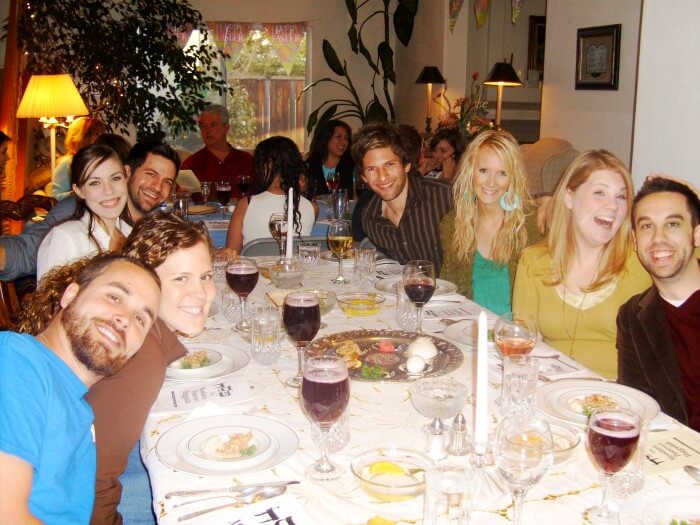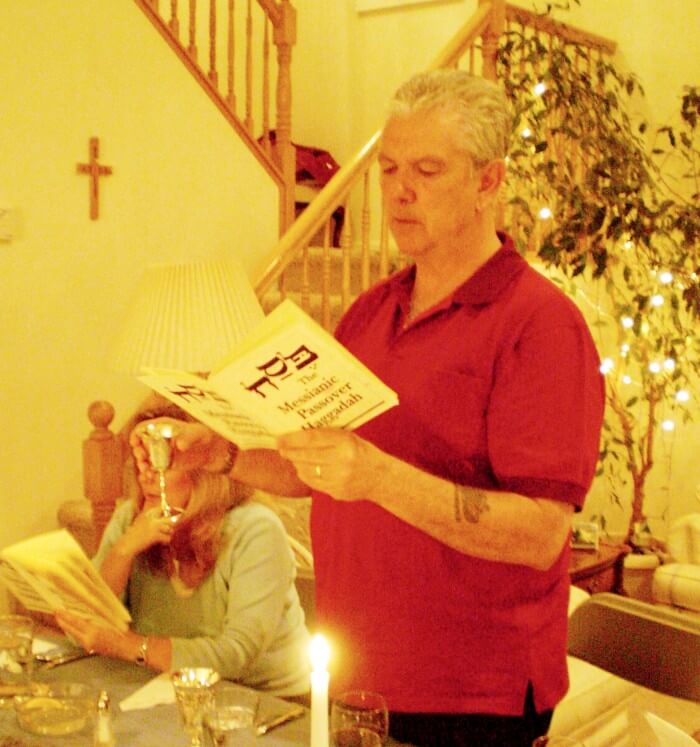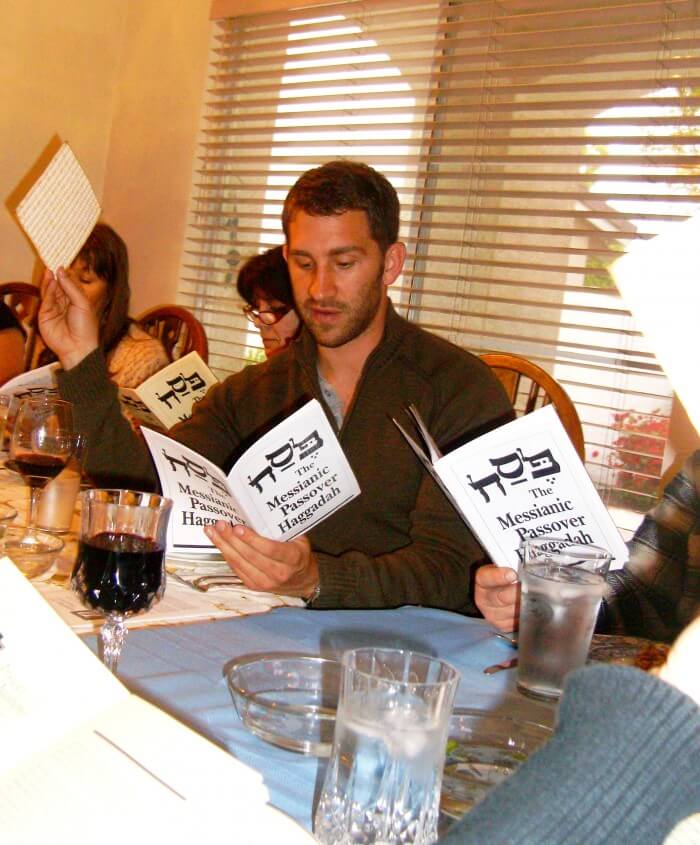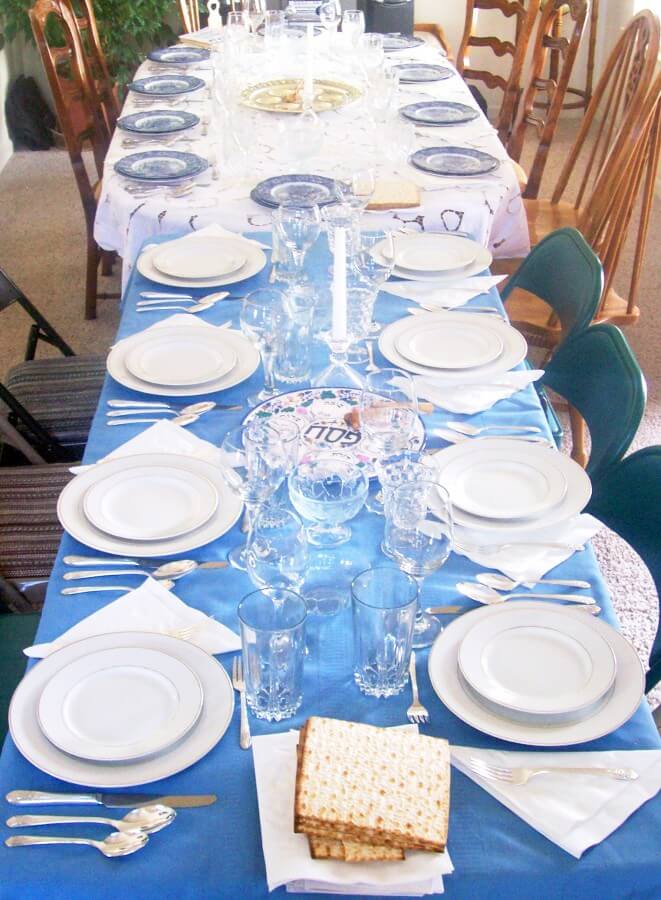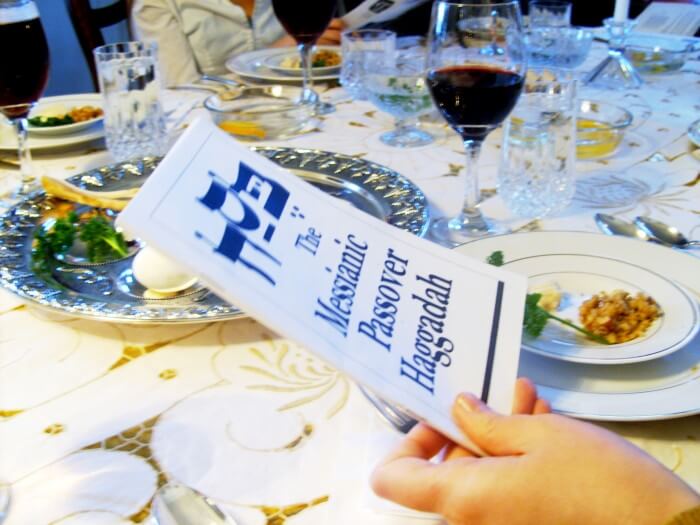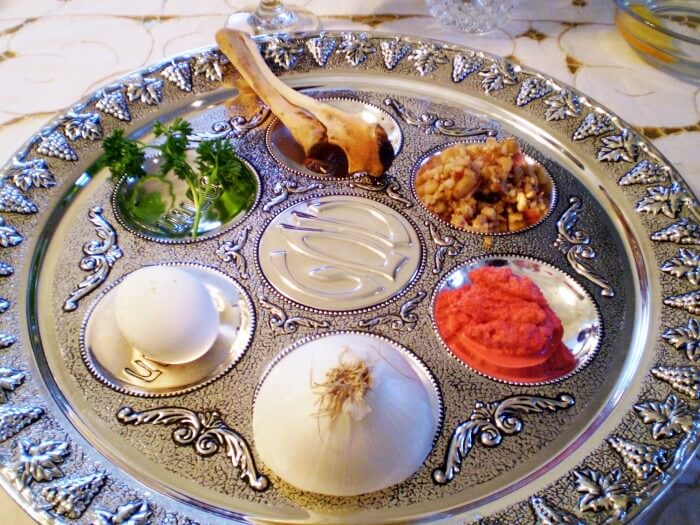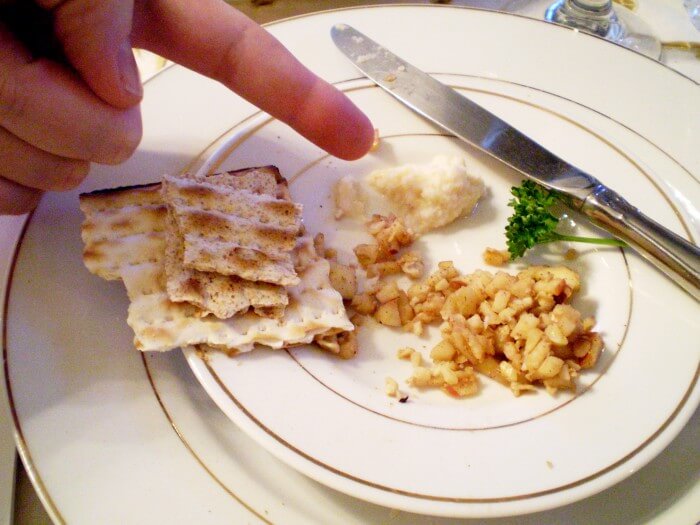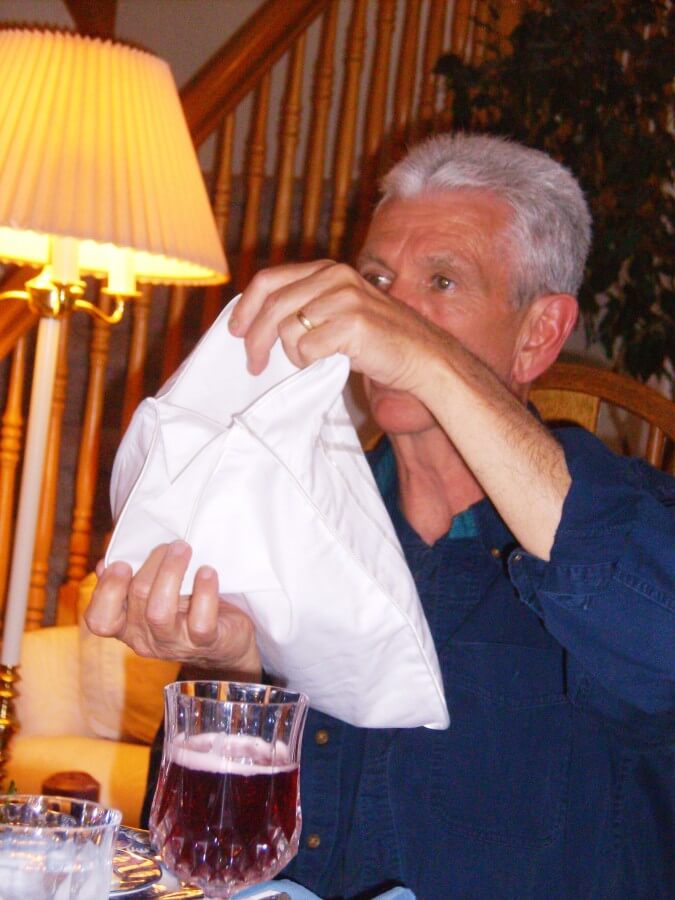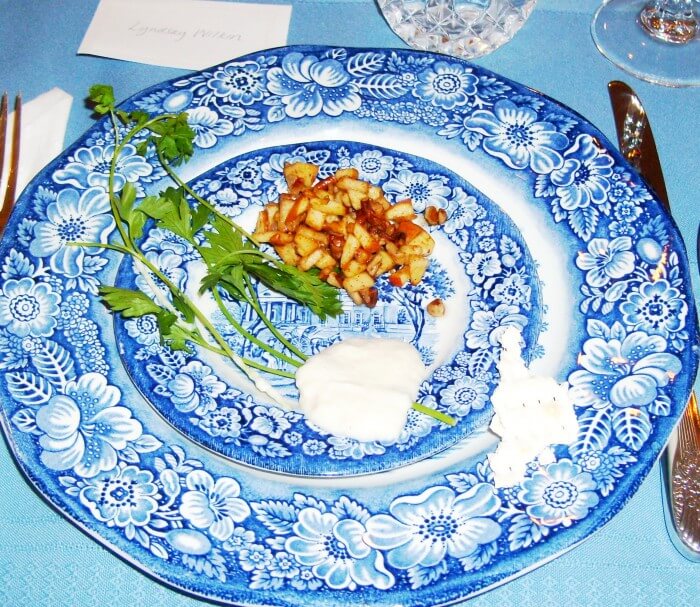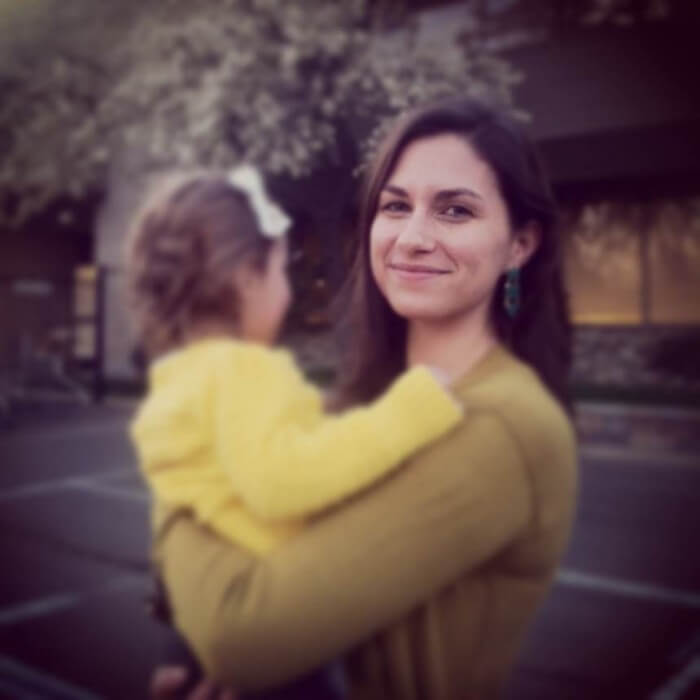This past week welcomed a new leader to the world stage. Pope Francis has the distinguished honor of representing millions of professing believers around the world, to the world.
But amid the pomp and circumstance surrounding the Vatican and Church members in their assortment of vestments is an intriguing word on the street about this new pope. Humble and servant-hearted, they call him. He hasn’t cached in on mansions and limousines and professional cooks that his previous prestigious positions (how’s that for a tongue twister?) might have afforded him. He seems to prefer an apartment, public transportation and cooking his own meals.
Only time and eternity will reveal the true heart and motives of this man, but the fact that his humility has been overtly pointed out by the press makes a statement: humility has become a novelty to this world and, dare I say it, to the Church as well.
I think a lot of us can recite verses on humility and recount the story of Jesus washing His disciples’ feet. But if you’re like me — or at least how I was — you probably had a very basic understanding of humility . . . like don’t gloat when you score the winning goal or get promoted or really just kick butt at something.
But I read this book once, Humility by Andrew Murray, which completely overturned my view on humility. It threw my primitive and self-focused perspective on the matter out the window and ,well, pretty much altered my entire understanding of what it means to live a Christian life. It is a subject that is vastly under-preached and under-appreciated.
I am proud to say that I have now reached a full measure of humility. I’m kidding. But I did learn this: humility is found first and foremost in a posture of brokenness before the Lord. It is grasped in understanding the might and love and power of my heavenly Father and my complete weakness apart from Him.
That’s it. Humility isn’t just about avoiding the appearance of arrogance. It is ultimately a heart motive that stems from our right view of ourselves before God. He is great, and our value is found in Him and Him alone. To put it another way, the beauty of the gospel is not that we are sinners, but that God is so loving and great as to save!
In her book, Brokenness: The Heart that Revives, Nancy Leigh DeMoss highlights some strikingly resonant characteristics of prideful people and the corresponding attitude of brokenness, or humility that should replace it.
- Proud people have a critical, faultfinding spirit. They look at everyone else’s faults with a microscope, but view their own with a telescope. Broken people are compassionate – they have the kind of love that overlooks a multitude of sins; they can forgive much because they know how much they have been forgiven.
- Proud people are especially prone to criticize those in positions of authority – their pastor, their boss, their husband, their parents – and they talk to others about the faults they see. Broken people reverence, encourage, and lift up those that God has placed in positions of authority, and they talk to God in intercession, rather than gossiping about the faults they see in others.
- Proud people claim rights and have a demanding spirit. Broken people yield their rights and have a meek spirit.
- Proud people desire to be known as a success. Broken people are motivated to be faithful and to make others successful.
- Proud people are unapproachable or defensive when corrected. Broken people receive correction with a humble, open spirit.
It was kind of an “oh shoot” moment for me when I first read this, and these are just a few of her points. How pride had crept so sneakily into my everyday attitudes and behaviors! But in the process of getting hit with my own ego, I was forced to recognize just how important it was to fear the Lord, to walk humbly before my God. Every area of my life – every decision, response and relationship – seemed to be affected by my either humble or prideful perspective. I either exalted and sought to preserve self, or I knelt before the throne of God.
When we understand our world and our lives as small (though not insignificant) and wholly dependent on God alone, then we are walking in humility. To think and act otherwise is pride. Our motives either seek to preserve and glorify self, or we seek to exalt God. And evidence of humility and pride is found in the simple and everyday parts of life.
But humility is not to walk a crippled life. It is to tap in to the source of ultimate love and power by recognizing our status as mere humans and the greatness of our God who saves.
Denying mansions and limousines for a humbler lifestyle seems trivial to those of us who don’t have the choice anyway. But humility has far greater implications than rejecting the life of the rich and the famous. It is part of the foundation of the everyday and the simple, of living the full life that most of us desire so greatly to live.



